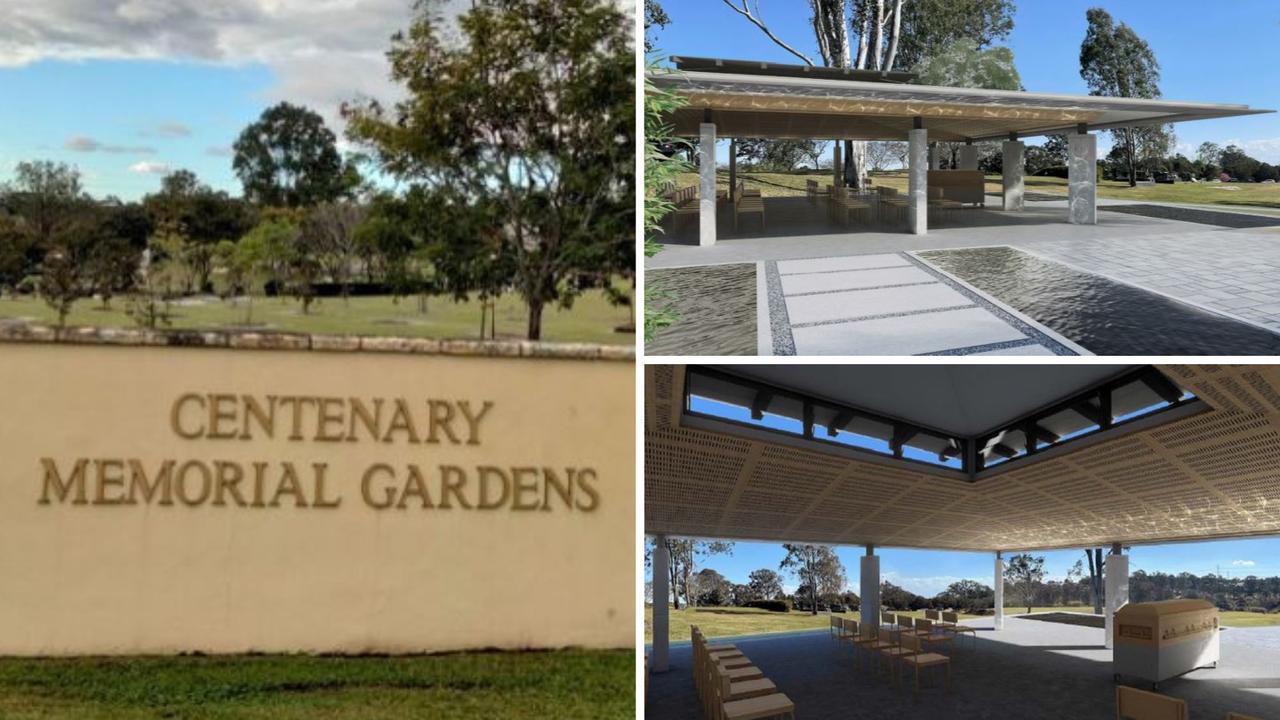Dutton Park: The history of Brisbane’s oldest surviving cemetery
The horse troughs may not be used anymore but the history of this cemetery is alive and well, writes Dot Whittington.
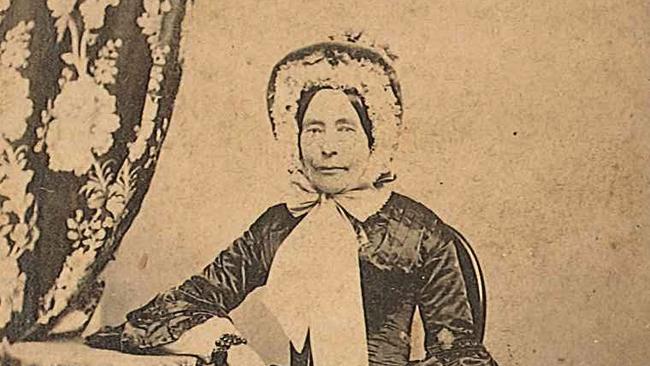
QLD News
Don't miss out on the headlines from QLD News. Followed categories will be added to My News.
In life there was nothing wildly remarkable about Jane Hockings, but on August 1, 1870, she entered Queensland history as the first occupant of South Brisbane Cemetery, Brisbane’s oldest surviving municipal cemetery.
Jane was born on December 12, 1795, and was 46 when she arrived in Sydney with her husband Thomas and sons Albert and Henry. Thomas formed the Youth’s Total Abstinence Society in Sydney and London.
Seven years later, in 1848, her sons moved to Moreton Bay where Jane joined them after Thomas died in 1852, and ran a drapery business on the corner of Queen and Albert streets.
Her son Albert was a cemetery trustee, an alderman in the first Brisbane Municipal Council and then mayor in 1865 and 1867.
Jane was 74 when she died at his home on July 31, 1870, and was buried the next day in Brisbane’s new cemetery, an isolated bushland site sloping down to the Brisbane River at what would become Dutton Park, 4km from Queen St.
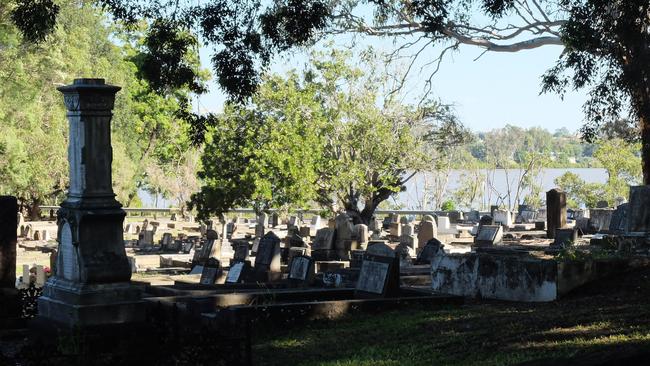
Over the next 150 years, she would be joined by almost 20,000 others, among them the unfortunate souls brought from the gallows at nearby Boggo Road Gaol.
Unlike other cemeteries, South Brisbane didn’t segregate by race and religion. A Russian Orthodox cross could sit beside an Irish Catholic’s Celtic cross, the only exception being 6B, owned by the State Government.
From 1883-1913 it became the final resting place of one woman and 41 men who came from around the world to be buried after swinging at the Boggo Road Gaol gallows – England (5), China (3), Ireland (2), Germany (2), Ceylon (2), Scotland, Portugal, France, Chile, India, Philippines, Java, Japan, Solomon Islands, America, Malaita Island (4), and the South Sea Islands (3) as well as six Aborigines, three Queenslanders, one Victorian and one from New South Wales. Ellen Thompson, accused of her husband’s murder in Port Douglas, is the only woman.
A cheap coffin was provided, but no headstone although their names and dates are now listed on a plaque at 6B.
The exception is Patrick Kenniff, a notorious horse thief, who was hanged on January 12, 1903 for the murder of a station manager and a policeman who had been chasing him.
It was said he shot them dead, chopped up their bodies, burnt them and put the ashes in his saddlebag.
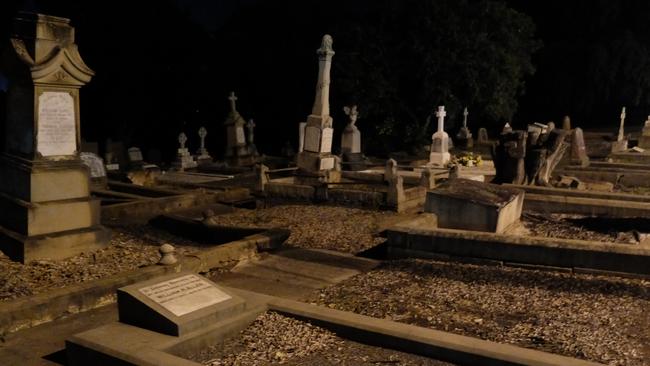
It was during the great recession and drought and times were tough, so a lot of people believed him to be innocent and a victim of the times. They held a meeting to have him set free, unsuccessfully, and 1000 people turned up for his funeral.
Although buried with the rogues – who are separated from other families as nobody wanted to say a murderer is buried beside Mum – he has his own headstone.
There are also a few unknown graves of those who were pulled from the nearby river after washing up at Cemetery Reach, as well as those from Woogaroo Lunatic Asylum at Wacol. Under the Lunatics Act, the insane were not allowed to travel on a king’s road, so they were taken by boat downstream to South Brisbane, the first cemetery on the river banks.
The cemetery was also handy to the Diamantina Hospital (now the Princess Alexandra) so those who succumbed to contagious diseases could be quickly interred. A victim who died in the morning would be buried by the afternoon and if you died at night, you were underground next morning.
Often families couldn’t be contacted in time hence there are a number of unmarked graves.
South Brisbane also has 27 graves relocated from the original Paddington Cemetery which is now under Suncorp Stadium – formerly Lang Park. It presents quite a headache for genealogists as all dates are given as 1913 – the last date of burial when they were moved, regardless of date of death.
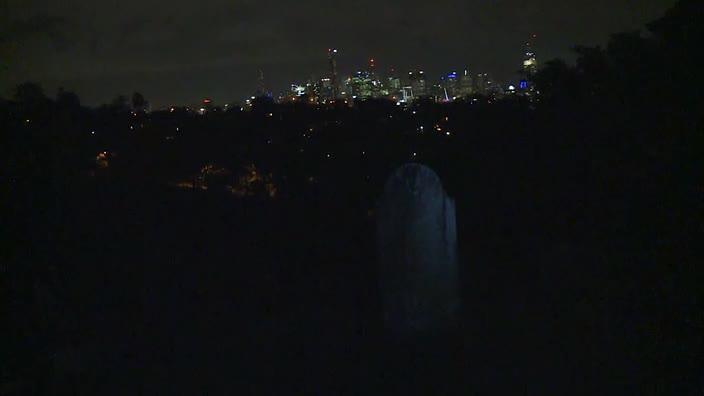
South Brisbane Cemetery was full by 1900, was extended and then filled again, finally closing in 1960. It is now open only to those who have a family plot booked. A few more spaces became available in 2010 when vacant plots were re-sold after families moved from the area.
The heritage-listed cemetery also has Brisbane’s only remaining horse troughs. In the 1800s, coffins arrived by horse and cart and the horses needed somewhere to be rested.
South Brisbane Cemetery has superb views of the Brisbane River and although parts of it went under during the 1893, 1974 and 2011 floods, all occupants are accounted for.
COVID stole last year’s 150th anniversary commemorations, but a 150+1 public open day will be held next Saturday, May 8, 10.30am-4pm, with displays, workshops, talks and self-guided tours.

